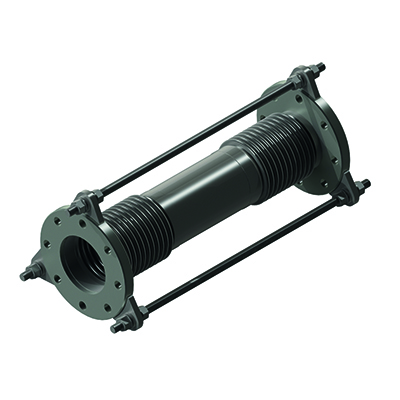
Electrolysis
Several methods are available to meet the rapidly growing demand for hydrogen, but the most sustainable and fastest growing option is electrolysis, which produces so-called green hydrogen. In installations appropriately called electrolyzers, water (H2O) is split into pure hydrogen (H2) and oxygen (O2) using electricity, making this method of generation extremely clean. As a result, electrolysis is seen as the technology that can meet the enormous demand for hydrogen in a sustainable manner. Before this can be achieved, there are still a number of challenges that must be overcome, in which BÉTA industrie can play a crucial role.
Hydrogen from electrolysis can be achieved through various technologies. Alkaline electrolysis (AEL) is the most widely used and oldest technique, but Proton Exchange Membrane (PEM) electrolysis is growing rapidly and brings a number of advantages. PEM electrolyzers are more compact, more flexible in use and slightly more efficient, but also more expensive, dependent on rare metals and more vulnerable. There is significant demand for both systems, and new developments are also bringing Anion Exchange Membrane (AEM) and Solid Oxide Electrolyzer Cell (SOEC) electrolyzers to the market. Apart from the joint use of splitting water into oxygen and hydrogen, these techniques each present their own challenges. For example, PEM uses ultra-pure water with a high oxygen content and elevated temperature, which leads to rapid oxidation and makes the use of plastics virtually impossible. AEL, on the other hand, uses electrolyte in the form of a 30% potassium hydroxide (KOH) solution, which creates a very alkaline environment and therefore requires different materials altogether.
Filtering these aggressive flows is crucial for the protection of components within the electrolyzer. Pumps and heat exchangers can incur costs and maintenance without this protection, but more importantly, the cell stacks, where the actual electrolysis takes place, remain free from any form of particulate contamination. The cost of these cell stacks can run up to several millions, and small amounts of solids can lead to major damage or even a complete write-off. This can happen during maintenance, due to corrosion in the system or simply due to the input flows of the electrolyzer. Proper filtration is essential to avoid this, with the required specifications for particles generally being between 1 and 50 microns. Although (y-)strainers are often used due to experience from the oil and gas industry, they are not suitable for this type of filtration and their use can lead to further damage to electrolyzers. Additionally, the high pressure drop and low surface area cause a significant loss of efficiency in the system. BÈTA industrie has developed several solutions for this that can meet every requirement, and offer fine filtration, high efficiency and minimal maintenance.
Ensuring a long service life for the valuable electrolyzers is more important than ever today. Not only because of the social importance and demand for sustainable hydrogen, but also because of the emerging trend of investments being made in these green installations. International companies are deploying their resources behind ever-larger electrolysis installations, where assurance of long-term safe and efficient work is a must-have. BÈTA industrie has extensive experience in this new market, with proven better results being achieved within a few years. Given the intended lifetime of electrolyzers, which is around 30 years, the difference we can offer is invaluable. We would like to think along with you to optimize the process filtration for every electrolyzer, whether in start-up, scale-up or large-scale production.
Each step in the hydrogen chain brings its own requirements and challenges. BÈTA industry is happy to advise on the most suitable solutions for process filtration in these various applications.
- Disclaimer
- Sitemap
- Links
- © BÈTA industrie 2024. All rights reserved







